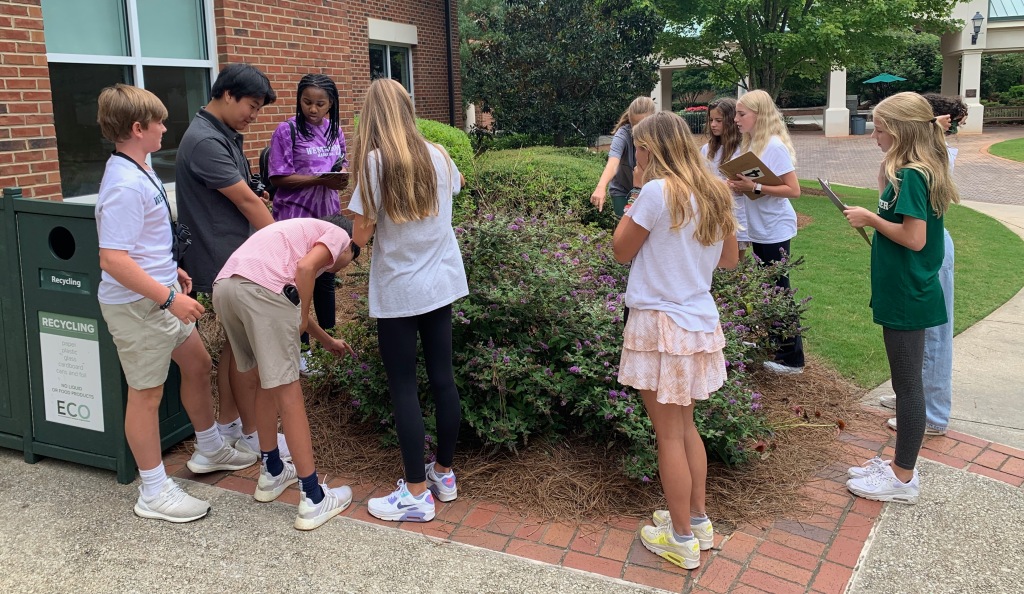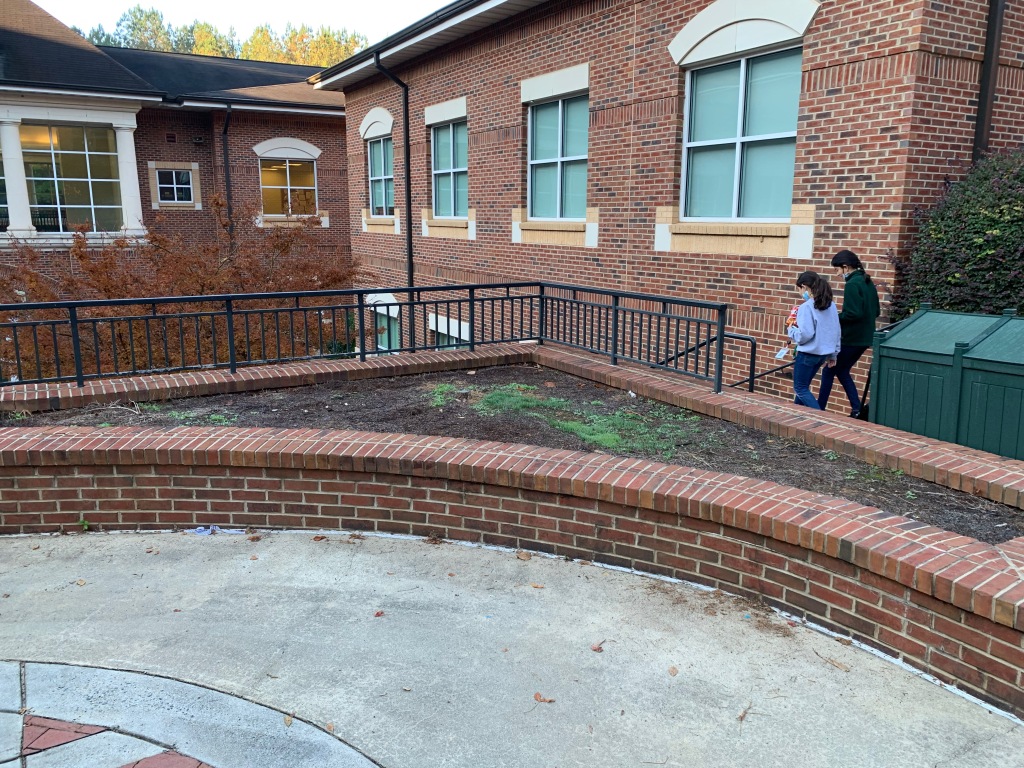I’ve been worthless about posting to this blog about my Meet the Wild nature education elective, and a lot has happened in the past year and a half. But with two more class sections getting underway in this new semester, I feel motivated to offer an update.
Last fall, I wrote about participating in the Great Georgia Pollinator Census (now expanded to be the Great Southeast Pollinator Census) and how my students were motivated to plant a new native wildflower garden.
Well, we did it. My fall semester kids drew up a plan (of sorts) and got to work preparing the soil.
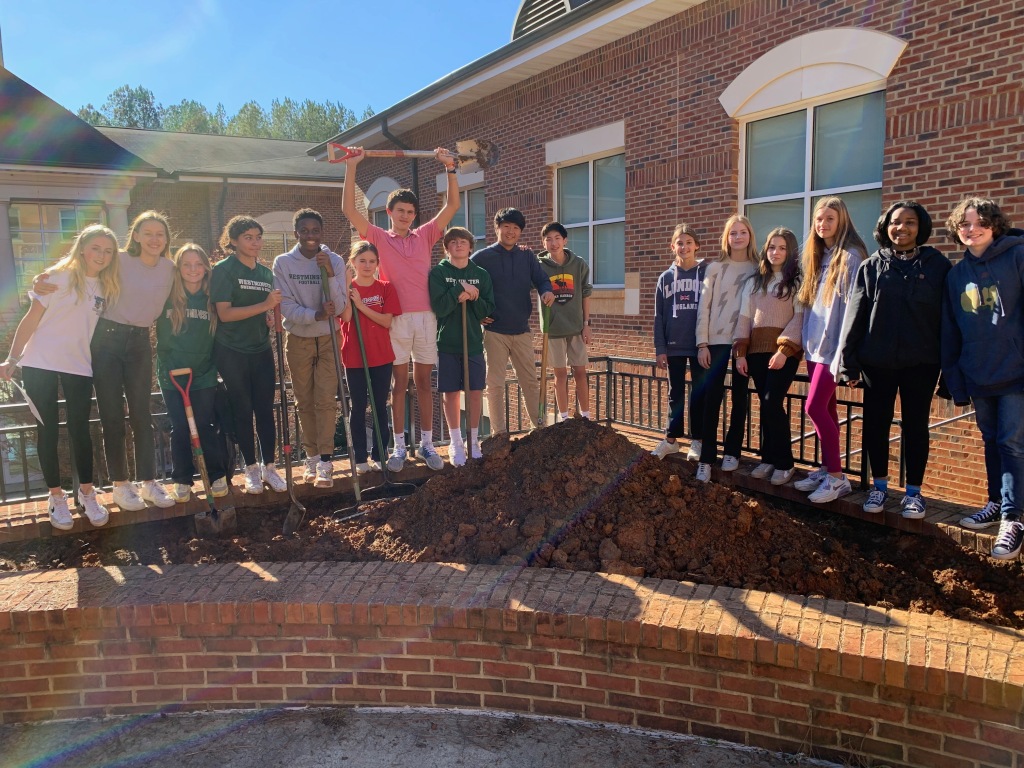
My two spring semester classes got to do the planting.
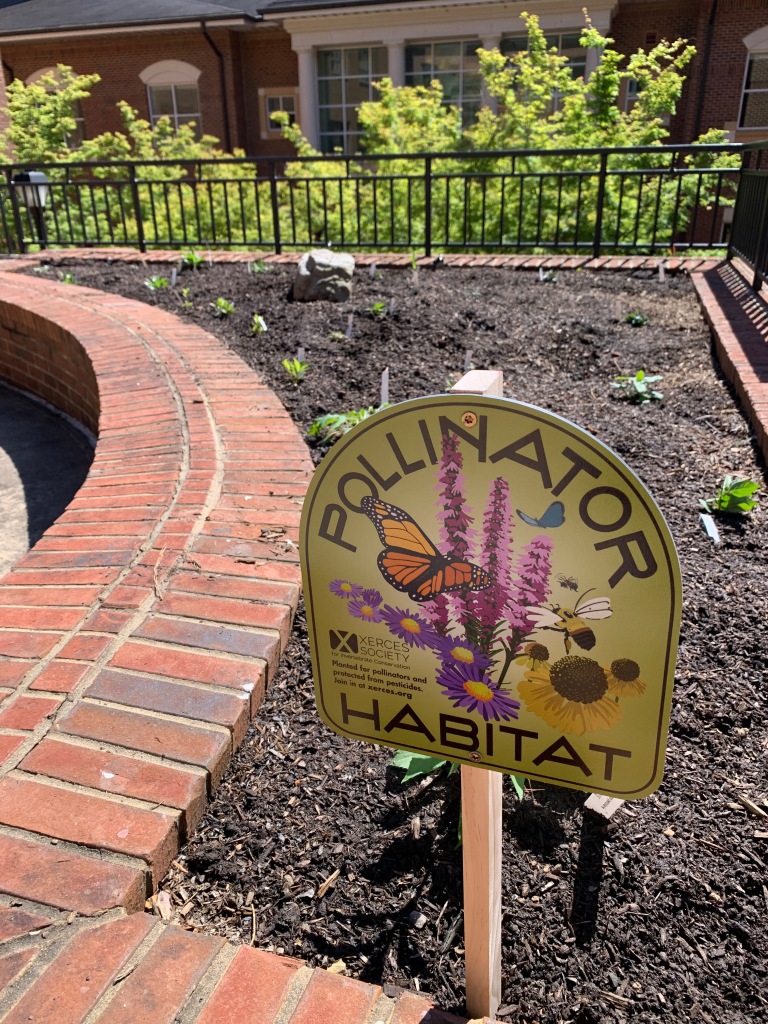
I was gone all summer but got a couple of volunteers to make sure the plot got watered occasionally. When school started again in August and the next GSPC came around, our little plot was thriving.
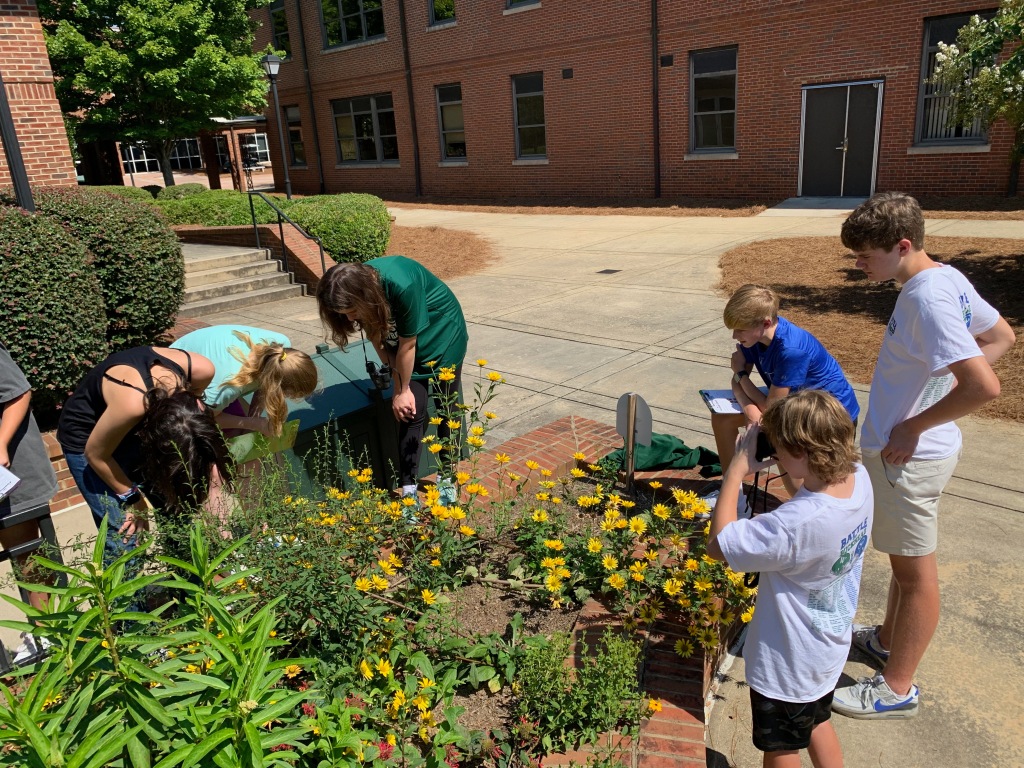
I cannot overstate how productive and entertaining this little patch has been—and what a welcome evolution it has been for the course, which could previously get a little samey-samey over the course of a semester (we tended to be sort of “all-birds, all the time”).
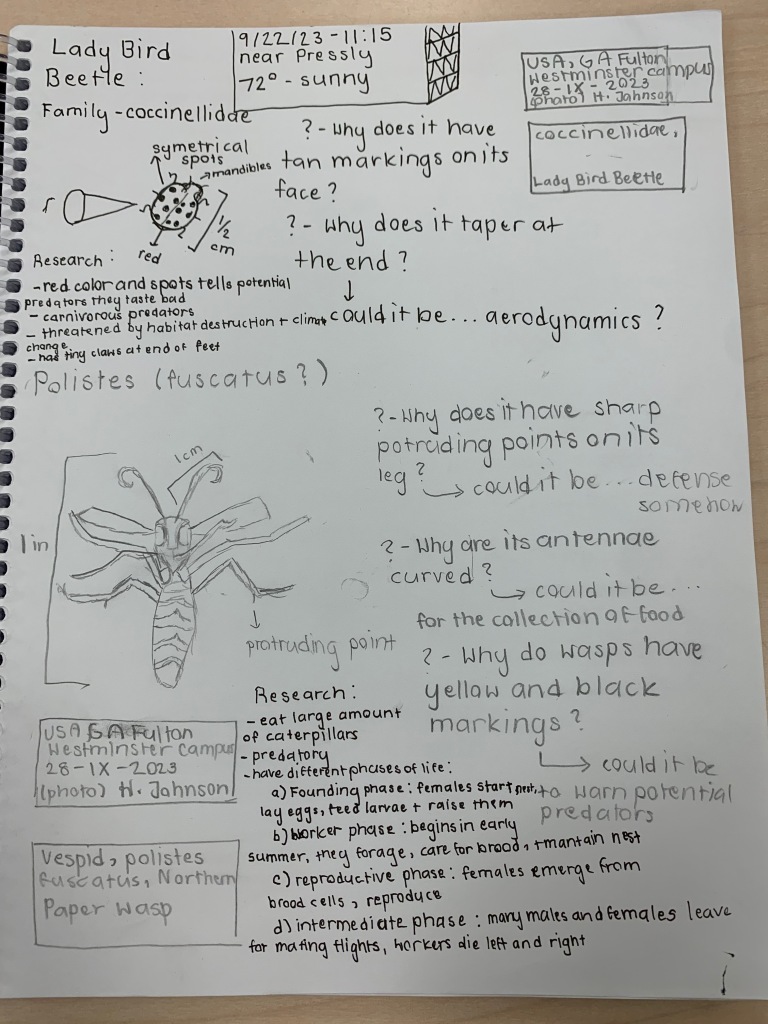
Ideally, we’d be busy expanding the pollinator garden into a new bed this semester—right now it’s a little too small to support an entire class section’s concurrent journaling—but there’s new campus construction coming in the summer, and the garden’s future is uncertain.
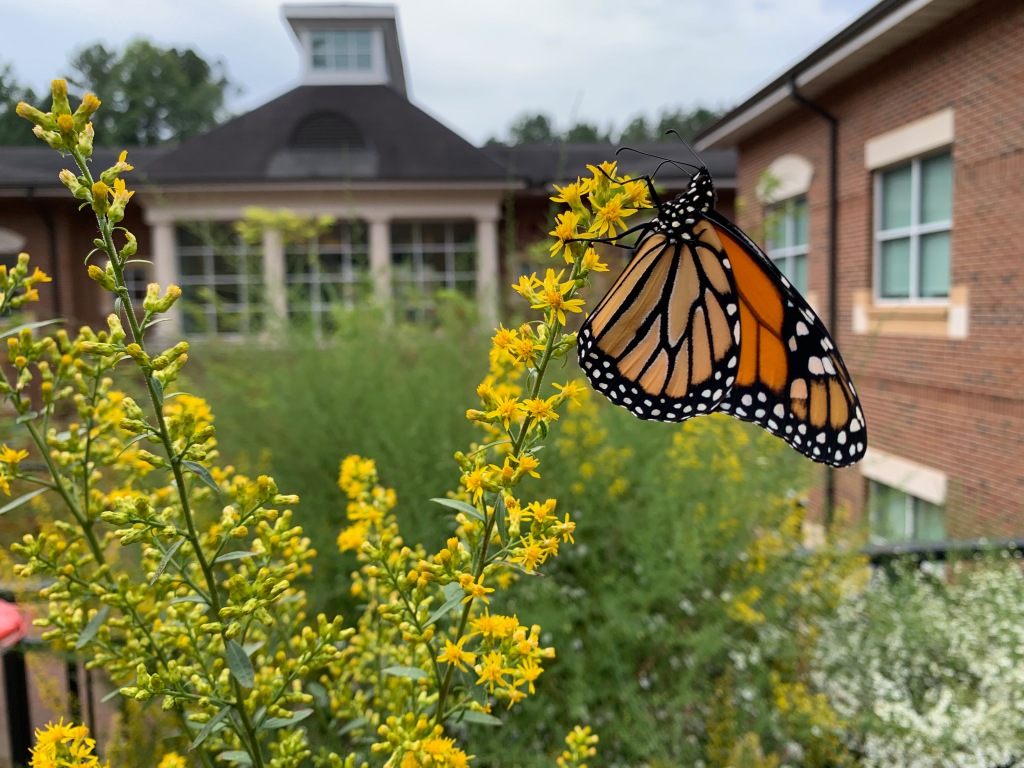
For kids who grow up awash in gloomy messages about the environment, the lesson that one can effect tangible, immediate benefit through habitat creation and care is life-giving.
